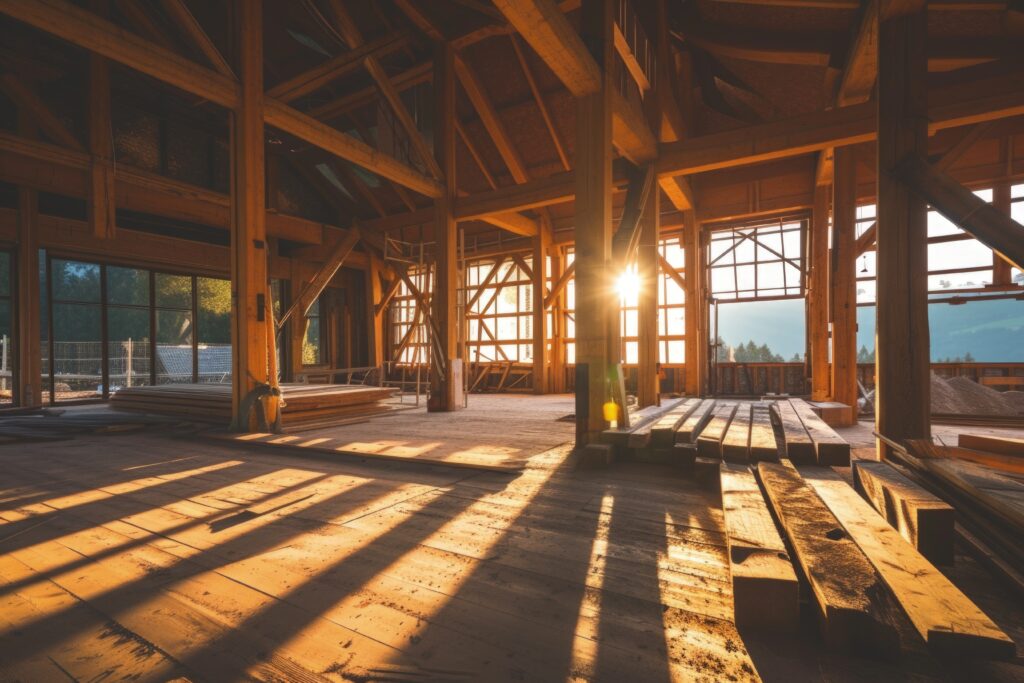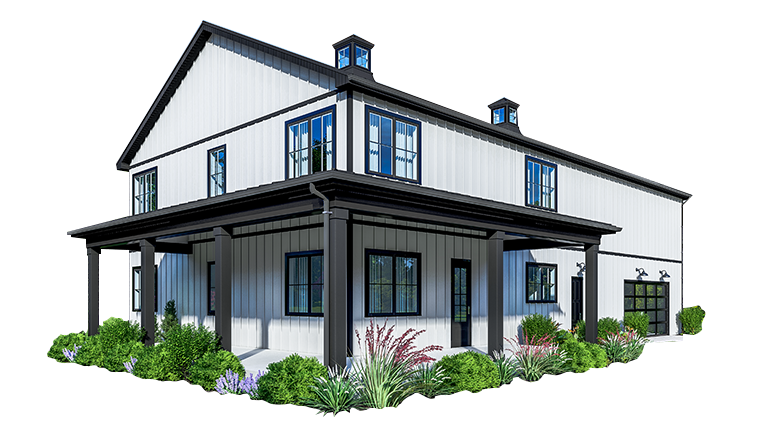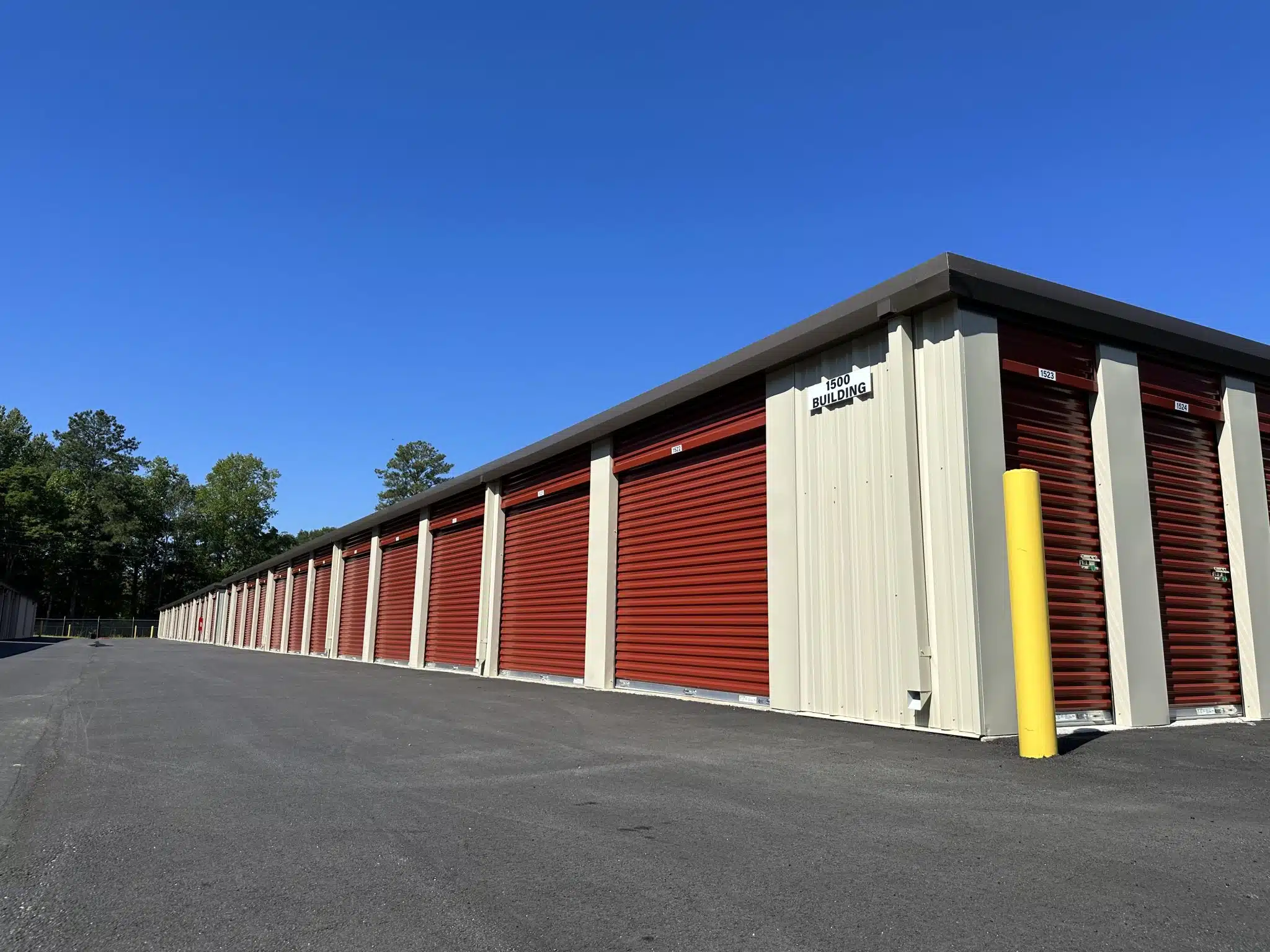Nowadays, sustainability is more than just a catchphrase; it’s an essential method of building and designing that has an effect on the economy and environment. Commercial Barn Construction have a big footprint since they are frequently enormous buildings utilized for business, events, or agricultural. Using sustainable building techniques not only improves efficiency and lowers operating costs over time, but also lessens the impact on the environment.
The Importance of Sustainability in Construction:
Reducing the environmental effect of construction projects requires sustainable building practices. Sustainability can result in more effective material usage, less waste, and lower energy consumption for commercial barns, which are sometimes enormous and resource-intensive. Sustainable barns can also provide better indoor habitats that are healthier for animals as well as people.
Eco-Friendly Materials
The first step in building a sustainable commercial barn is selecting the appropriate materials. Recycled materials should be used whenever possible, and materials should be sourced ethically. Recycled aluminum and sustainable wood are all great options. These materials frequently provide greater durability and thermal performance in addition to lowering the strain on natural resources.
Energy Efficiency
For barns to be sustainable, energy-efficient technologies must be implemented. This entails choosing energy-efficient windows and doors, putting in solar panels to provide clean energy, and utilizing premium insulation to lower the need for heating and cooling. Motion-sensor equipped LED lighting systems can further cut down on power consumption.
Water Management
Systems for managing water well are crucial, especially in agricultural environments where water use can be rather high. Rainwater can be gathered by rainwater harvesting devices and used for irrigation and other purposes. Commercial barn water footprints can also be significantly decreased by adding greywater recycling systems and water-efficient fixtures.
Sustainable Site Development
The energy consumption and environmental effect of a barn are influenced by its orientation and location. One way to lessen dependency on artificial lighting is to orient a barn to take advantage of natural light. Retaining the local biodiversity and lessening the heat island effect can be achieved by integrating the barn with its surroundings and preserving the existing natural settings.
Waste Reduction
Reusing materials, recycling garbage, and placing exact quantity orders are some ways to reduce waste during construction. Waste sorting and recycling facilities can be added to the barn’s operations after it is built, encouraging sustainable use for a long time to come.
Longevity and Adaptability
Durability and adaptability in commercial barn construction result in longer lifespans and less resource-intensive future renovations. This means using high-quality materials that require less maintenance and are less likely to need to be replaced, as well as designing spaces that are easily adjustable to changing needs.
Conclusion
Commercial barn development can benefit economically from sustainable principles in addition to being good for the environment. Developers may make sure that their commercial barns are long-lasting, resource-efficient, and energy-efficient by putting the above-mentioned ideas into practice. Adopting these concepts in commercial barn building provides a great example for the industry and contributes to a greener, more sustainable future as the globe moves toward more sustainable development techniques.





